How to troubleshoot + 15 V - Error in Siemens POLYMOBIL Plus?
- Eedwin60Aug 27, 2025
To troubleshoot a '+ 15 V - Error' in Siemens Medical Equipment, check the fuse on power supply U1 and determine if power supply U1 is defective.

How to troubleshoot + 15 V - Error in Siemens POLYMOBIL Plus?
To troubleshoot a '+ 15 V - Error' in Siemens Medical Equipment, check the fuse on power supply U1 and determine if power supply U1 is defective.
What to do if Siemens Medical Equipment shows mAact ? 0?
If the Siemens Medical Equipment displays 'mAact ? 0', check for an error in the measurement acquisition on D915 and consider replacing D915. Also, verify the connection to the single tank generator (D915 X8) and ensure the plug-in connection on D900 in the single tank generator is secure.
What to do if Siemens POLYMOBIL Plus Medical Equipment shows KVact ? 0?
If the Siemens Medical Equipment displays 'KVact ? 0', check if there is a connection to the single tank generator (D915 X8) and verify the plug-in connection on D900 in the single tank generator.
| Type | Mobile X-ray System |
|---|---|
| X-ray Tube Focal Spot | 0.6 / 1.2 mm |
| kV Range | 40 - 125 kV |
| mAs Range | 320 mAs |
| Display | High-resolution Touchscreen |
| Image Receptor Compatibility | CR cassettes |
Defines WARNING, CAUTION, and NOTICE terms for safety and operational guidance.
Lists essential documents like block diagrams and function descriptions for service.
Lists necessary tools, meters, and auxiliary devices for service procedures.
Provides critical safety guidelines and protective measures to be followed during service.
Specifies requirements for replacing screws, including material and tensile strength.
Outlines safe methods and agents for cleaning the unit.
Instructions on how to prepare the system for inspection of its components.
Details the location and function of various electronic components on the D915 board.
Explains how to check the D925 assembly, including LEDs, fuses, and voltage points.
Procedures for checking the U1 (5V/15V) and U2 (12.5V) power supply units.
Steps for checking the D950 circuit, including LEDs, fuses, and test points.
Details on checking the D970 capacitor bank, including LEDs and fuses.
Describes the expected LED states for different operating modes (OFF, standby).
Lists and categorizes error codes encountered during operation.
Provides detailed steps to diagnose and resolve specific error messages.
Lists and briefly describes the functions of various service programs (Pr. 1-9).
Verifies the input line voltage and its automatic adjustment feature.
Instructions for measuring actual kV and tube current using an oscilloscope.
Details on measuring the charging frequency of the capacitor bank.
Procedure to measure the current during capacitor charging.
How to measure capacitor voltage (Uc) and the time taken for charging.
Measuring stator currents during the acceleration phase of the anode starter.
Measuring stator currents during the braking phase of the anode starter.
Checking and setting the maximum main inverter frequency.
Procedure for measuring the oscillating current using a current transformer.
Measuring and comparing actual kV (kVact) with nominal kV (kVnom).
Troubleshooting steps for errors related to kVact signal acquisition.
Procedures for testing the filament circuit, including frequency and current.
Adjusting the maximum filament inverter frequency using potentiometer P3.
Measuring the filament nominal value, which is factory-set.
Procedure to reset and set the tube current for each exposure.
Verifies and adjusts the mAs counter against the set value.
Steps to perform and test the alignment of light and radiation fields.
Methods for measuring deviations and checking tolerance for field coincidence.
Procedures for testing and readjusting the C-arm counterbalance mechanism.
Detailed steps for removing and replacing the single tank generator.
Instructions for completely replacing the collimator unit.
Procedure for replacing the light localizer lamp.
Steps for removing and installing a new steering caster.
Instructions for safely replacing the capacitor bank.
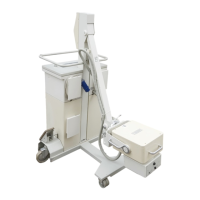

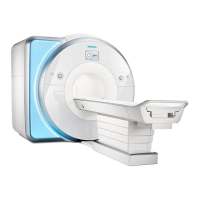
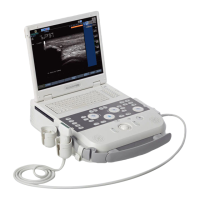

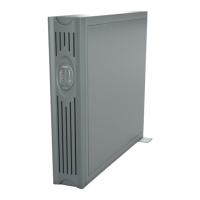

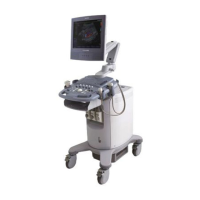




